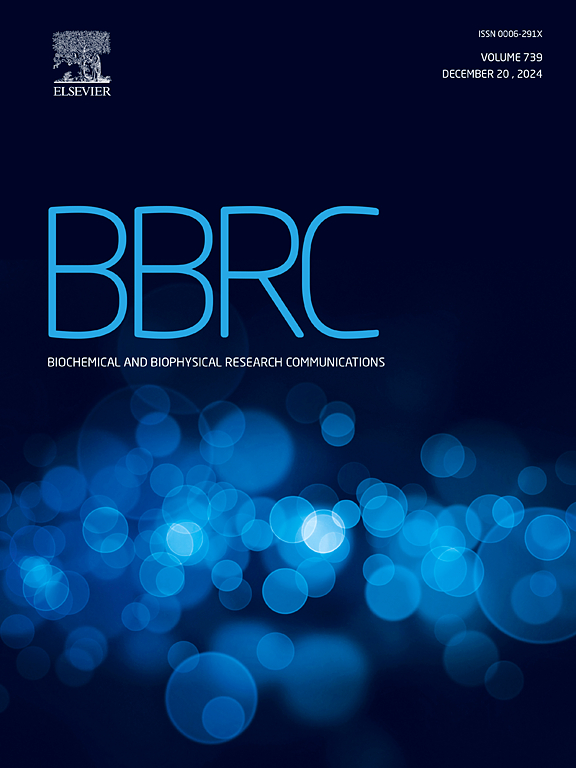Gentisic acid protects Sprague-Dawley rats from myocardial infarction through reversing electrocardiographical, biochemical and histopathological abnormalities
IF 2.5
3区 生物学
Q3 BIOCHEMISTRY & MOLECULAR BIOLOGY
Biochemical and biophysical research communications
Pub Date : 2025-01-17
DOI:10.1016/j.bbrc.2025.151349
引用次数: 0
Abstract
Gentisic acid (GA), a cytochrome P450 metabolite of the antiplatelet drug aspirin, exhibits smooth muscle relaxant, antiatherogenic, and antioxidant activities. It also has a protective role in hypertrophic heart failure, suggesting its role in the management of myocardial infarction (MI). This study aimed to explore the protective activity of GA in isoproterenol (ISO)-induced MI in Sprague-Dawley (SD) rats in-vivo, followed by mechanistic investigation ex-vivo. SD rats were pretreated with different doses (5, 10, 15, and 20 mg/kg, i.p.) of GA for 21 days, followed by subcutaneous administration of ISO (85 mg/kg) on the 20th and 21st days. At the end of the experiment, electrocardiograph (ECG), blood pressure, myocardial injury marker enzymes, infarct size, lipid profile, and histological changes in myocardium were carried out. The possible underlying mechanisms were explored ex-vivo. GA prevented the ISO-induced changes in ECG parameters in rats in a dose-dependent manner. GA also reversed the fall in blood pressure associated with ISO treatment. GA diminished the elevated cardiac biomarkers and limited the infarcted area size (8 %) indicated by decrease in heart weight to body weight ratio. GA ameliorated the inflammation, edema, and necrosis and reduced collagen fiber deposition associated with ISO-induced MI. The results suggest that GA is an effective cardioprotective agent in rats by reversing ischemic changes in ECG and correcting histopathological and biochemical changes.

求助全文
约1分钟内获得全文
求助全文
来源期刊
CiteScore
6.10
自引率
0.00%
发文量
1400
审稿时长
14 days
期刊介绍:
Biochemical and Biophysical Research Communications is the premier international journal devoted to the very rapid dissemination of timely and significant experimental results in diverse fields of biological research. The development of the "Breakthroughs and Views" section brings the minireview format to the journal, and issues often contain collections of special interest manuscripts. BBRC is published weekly (52 issues/year).Research Areas now include: Biochemistry; biophysics; cell biology; developmental biology; immunology
; molecular biology; neurobiology; plant biology and proteomics

 求助内容:
求助内容: 应助结果提醒方式:
应助结果提醒方式:


